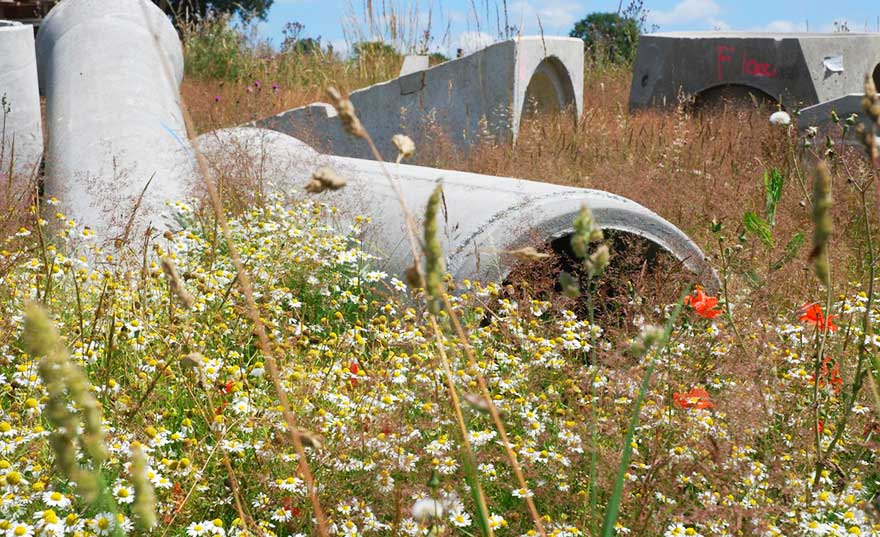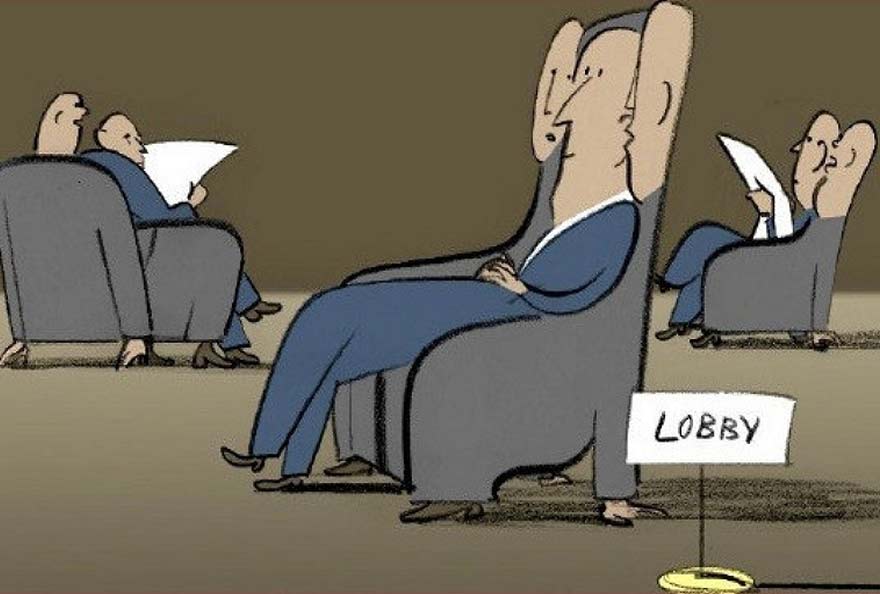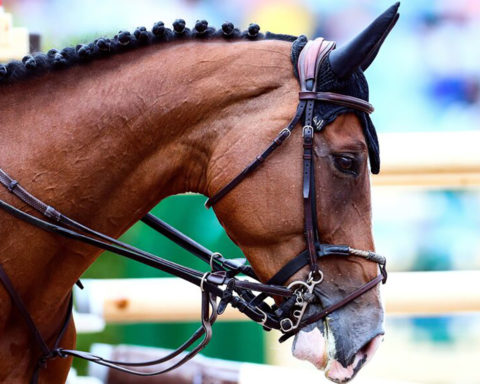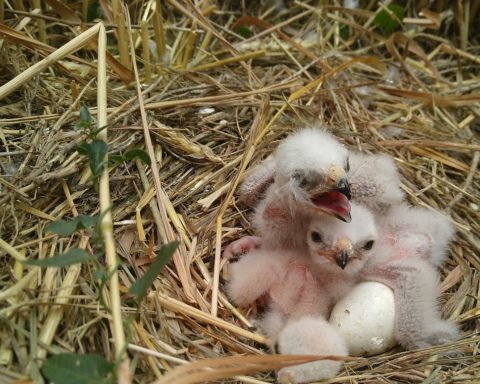LIRE AUSSI DANS UP’ : Artificialisation des terres : la biodiversité en danger !
Une analyse fine des dynamiques d’artificialisation

Taxation de l’artificialisation : 4 enseignements
LIRE AUSSI DANS UP’ : Axe Paris-Roissy : nouvelle vitrine mondiale de l’agriculture urbaine et écologique













